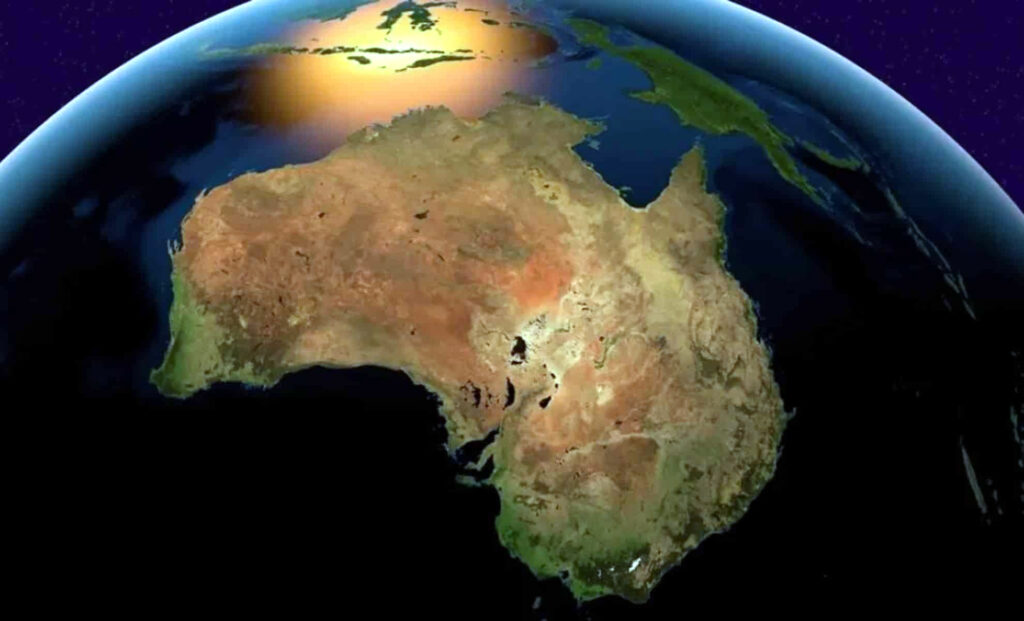
Australia, often seen as a stable landmass, is actually moving northward at a surprising pace of 2.8 inches (7 cm) per year—about the speed at which human fingernails grow. While this may seem insignificant in the short term, over millions of years, it could lead to a dramatic geological shift, bringing Australia closer to Asia.
Professor Zheng-Xiang Li of Curtin University explains that this movement is part of a natural plate tectonics cycle, where continents drift apart and later merge. Around 80 million years ago, Australia separated from Antarctica, and for the last 50 million years, it has been steadily heading north. Scientists predict that one day, Australia will collide with Asia, triggering profound geological, environmental, and biodiversity changes.
This shift isn’t just a concern for the distant future—it’s already causing disruptions today. In 2016, Australia’s entire GPS coordinate system had to be adjusted by nearly 6 feet due to its northward drift. If left unchecked, this could impact navigation systems, aviation, and satellite mapping, creating errors in autonomous vehicles and precision agriculture.
As Australia continues its journey toward Asia, scientists are closely monitoring its impact. While the full consequences remain uncertain, one thing is clear—the Earth’s surface is far from static.
